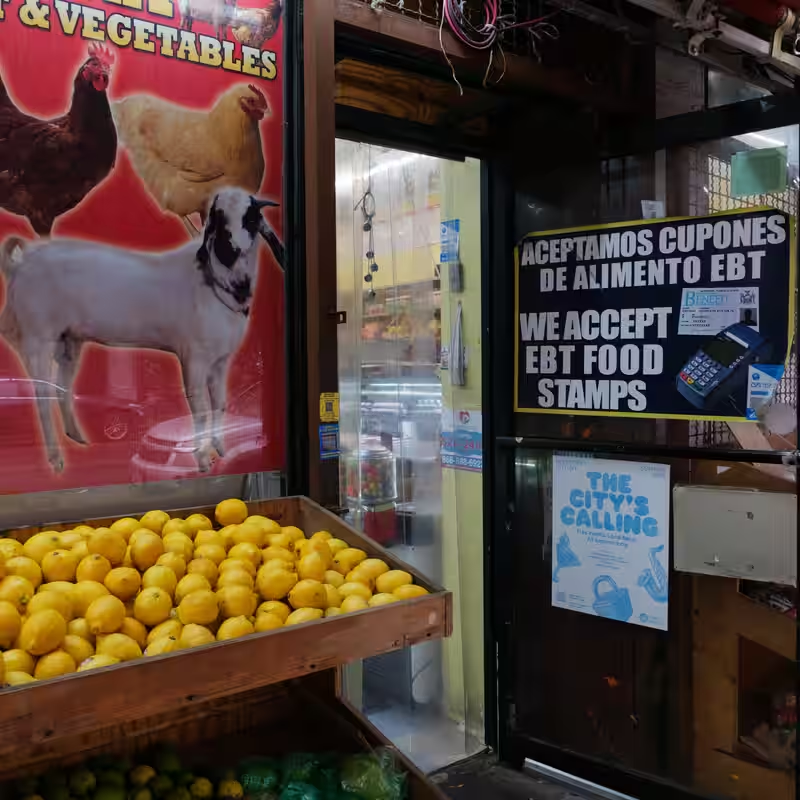Table of Contents
- SNAP Benefits Under Threat
- Court Orders Trump Admin to Fund SNAP
- What Is SNAP—and Who Depends on It?
- How the Shutdown Disrupted Food Aid
- What Happens Next for Recipients?
- Sources
SNAP Benefits in Limbo Amid Government Shutdown
Millions of Americans who rely on food stamps are caught in bureaucratic limbo as the federal government shutdown drags into November. Although President Trump said Friday he would comply with a federal court order to continue funding the Supplemental Nutrition Assistance Program (SNAP), uncertainty remains about whether benefits will actually reach households on time.
Court Orders Trump Admin to Fund SNAP
A federal judge ruled Friday that the Trump administration must continue disbursing SNAP benefits despite the ongoing shutdown. The decision came after advocacy groups and state officials sued, warning that 42 million Americans could lose access to critical food assistance within days if emergency funding wasn’t restored.
“The court has spoken clearly,” said a spokesperson for the Department of Agriculture. “We will abide by the ruling.” Yet internal delays and logistical bottlenecks have left many recipients wondering if their November benefits will arrive as scheduled.
What Is SNAP—and Who Depends on It?
SNAP is the nation’s largest anti-hunger program, providing monthly benefits to low-income individuals and families to purchase groceries. Key facts:
- 42 million Americans rely on SNAP—about 1 in 8 people
- Benefits average $187 per person per month
- The program costs roughly $8 billion monthly
- Administered by the USDA but distributed through state agencies
Recipients include working parents, seniors on fixed incomes, disabled veterans, and college students struggling to make ends meet.
How the Shutdown Disrupted Food Aid
Normally, SNAP is funded through annual appropriations. But with Congress deadlocked over the budget, funding ran out at the start of November. The program had a contingency reserve—often called a “rainy-day fund”—that officials hoped would bridge the gap.
However, the Trump administration initially refused to tap that reserve, arguing that doing so would set a precedent for bypassing congressional approval. That stance drew bipartisan criticism, including from Republican governors in states like Ohio and Arizona, who warned of food bank shortages and rising demand at pantries.
Only after the court order did the White House signal it would release emergency funds—but implementation remains unclear.
What Happens Next for Recipients?
If you receive SNAP benefits, here’s what to know:
- November benefits may still load on time—but delays are possible in some states
- Monitor your EBT card balance daily via your state’s SNAP portal
- Contact local food banks as a backup—many are preparing for increased demand
- Advocacy groups like Feeding America are tracking state-by-state updates
Experts warn that even a short disruption could have long-term consequences. “Food insecurity doesn’t wait for bureaucracy,” said Lisa Davis of Share Our Strength. “A missed benefit can mean skipped meals for a whole family.”
With no end in sight to the shutdown, SNAP recipients—and the grocery stores and farmers who depend on the program—are bracing for more uncertainty.
Sources
The New York Times: What Is Happening With SNAP Benefits During the Shutdown?




